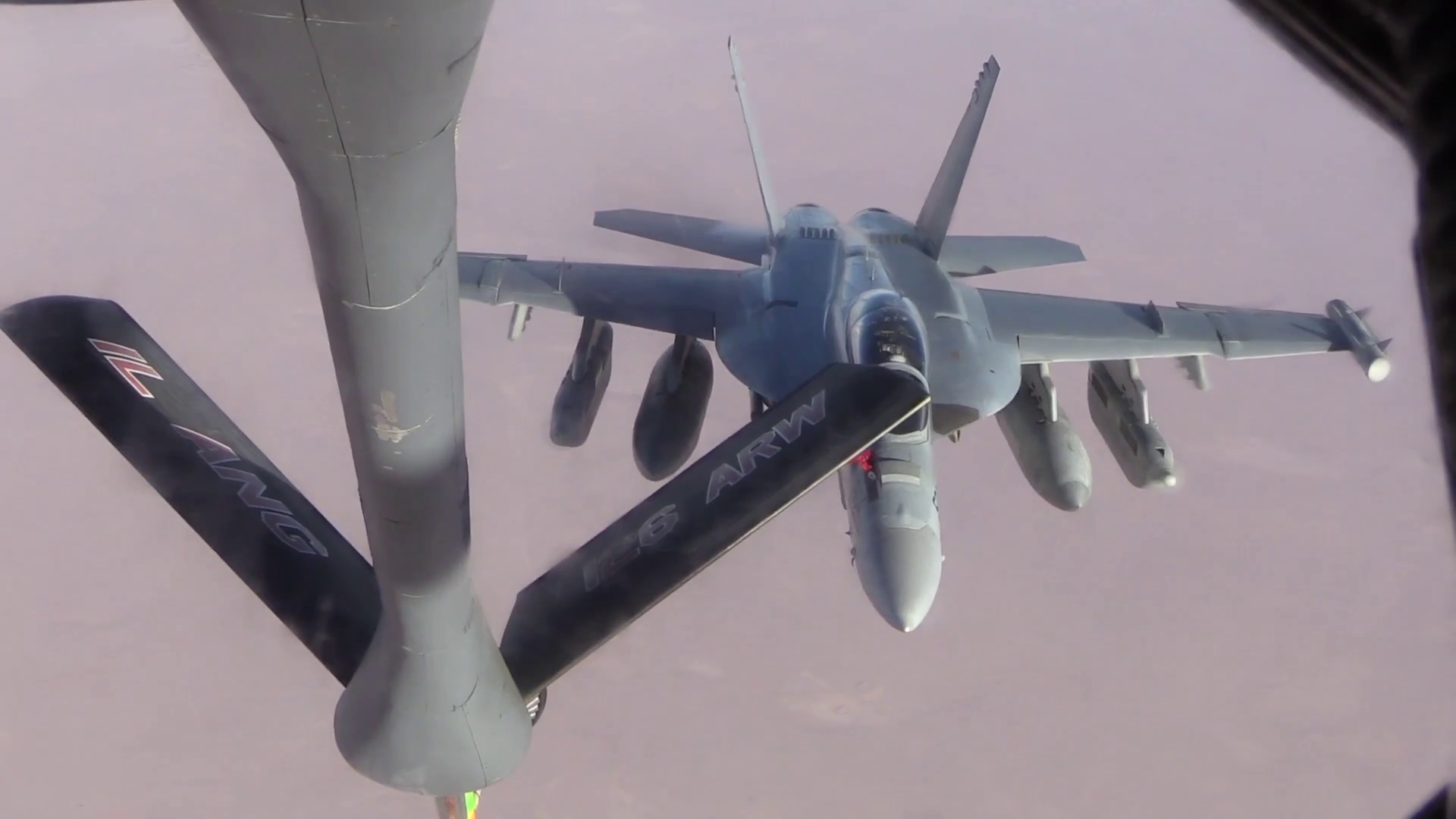It’s becoming a familiar story. Monday, November 12, 2018, an F/A-18F Superhornet fighter-attack jet flying from the aircraft carrier USS Ronald Reagan crashed while on deployment in the Western Pacific. An MH-60R Seahawk helicopter also from USS Ronald Reagan’s Carrier Air Wing 5 crashed on October 19.
The Navy is still investigating both crashes, and fortunately all crew members survived. But the fact is naval aviation is in a readiness crisis.
Less than half the Navy’s Superhornets are ready to fight, according to VADM Dewolfe Miller, Commander, Naval Air Forces, known as the “Air Boss.”
The Navy fighting requirement for F/A-18EF Superhornets is 341. “We’re at about 50%. We’re at about 260 airplanes on average and we need 341,” Miller told a CSIS Forum in October 2018.
The problem goes back over a year. “Prior to becoming the Air Boss, I was director of Air Warfare in the Pentagon where we were putting together the 2018-2019 budgets. Inside the Beltway the outlook, at least mine at the time, was hey, we’re going to be able to quickly restore readiness and then start growing our Navy,” Miller said. “What I discovered when I got out there as the Air Boss – and it’s been nine months of discovery – was the hole is a little deeper than we thought.”
The critical years of 2013 to 2016 the Air Force, Navy and Marines all shed people in aviation maintenance and underfunded accounts to comply with sequestration, the Obama vs. Congress stand-off that took mandatory cuts across the whole federal budget.
In 2014, the US ramped up sorties flown over Iraq and Syria. High flying hours plus neglected maintenance has pulled down readiness rates. (The weight of bombs and fuel tanks carried for long missions is also putting added structural stress on the F/A-18EFs when they endure carrier launches and landings, shortening the expected service life of the aircraft.)
It’s the same problem that kept USAF F-22s in the hangar at Tyndall during Hurricane Michael. No parts, deferred maintenance equals unflyable aircraft.
For the Navy, the Air Boss has a new Navy sustainment system to get improvements on track. The key is people and parts. “We didn’t get here overnight and we won’t get out of it overnight,” Miller said, adding that the entire naval aviation enterprise is aligned toward that recovery.
With talk of defense budget declines next year, let’s hope Congress will continue to fund people and parts to restore US military aviation.


